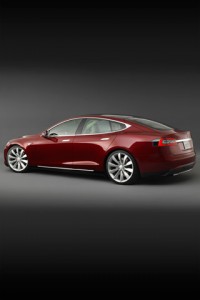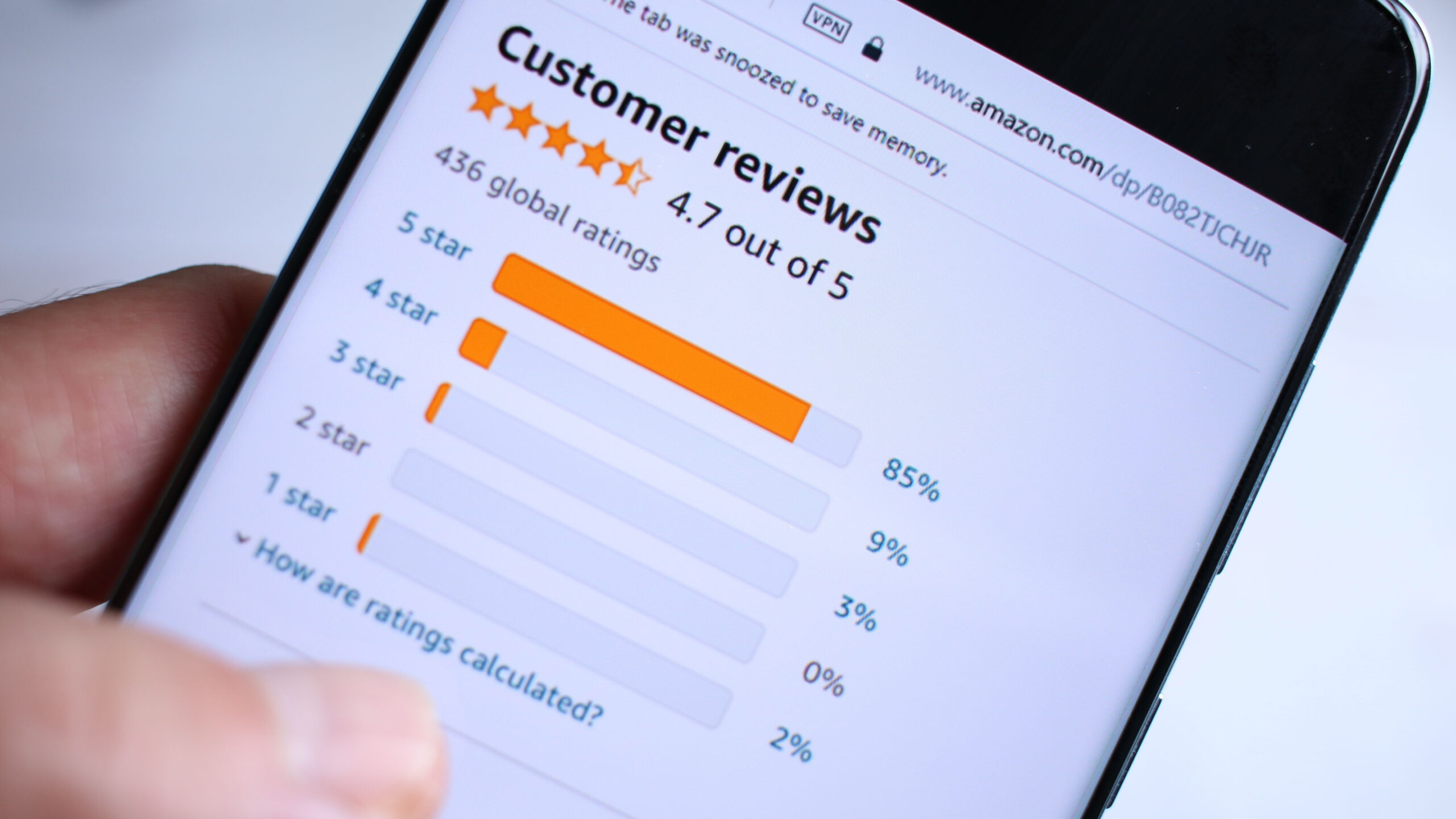When The Gadget You Review Can Also Review Your Work
 For a few minutes on Monday, New York Times reporter John M. Broder looked about to have an extraordinarily bad day.
For a few minutes on Monday, New York Times reporter John M. Broder looked about to have an extraordinarily bad day.
On Sunday, the Times had published his damning critique of the diminished cold-weather range of the all-electric Tesla Model S. The next day, Tesla founder Elon Musk tweeted that Broder’s review concealed essential facts–based on the vehicle’s own testimony:
“NYTimes article about Tesla range in cold is fake. Vehicle logs tell true story that he didn’t actually charge to max & took a long detour.”
Musk followed up by saying Tesla has enabled this normally-off logging feature on review vehicles since the BBC’s Top Gear reported exceptionally low range for Tesla’s Roadster. (Tesla sued Top Gear over that episode but had its case tossed out.)
It’s now Wednesday, and Tesla has yet to post that data. Meanwhile, Broder challenged Musk’s charges in a follow-up: The reporter only unplugged the car from a Tesla “Supercharger” when it said it was completely charged, and his “long detour” added two miles in Manhattan.
And The Verge’s Chris Ziegler reported on his own “range anxiety” experience after driving over hills ate into another Model S’s battery life.
So if Tesla still wants to make its case, it will now have to work a lot harder.
(Update, 2/14: Tesla showed its cards in a post on its blog by Musk late Wednesday. The vehicle logs cited there show the car receiving only partial charges after the first Supercharger stop, being briefly driven just over 80 mph and then round and around a parking lot, and with its climate control set notably warmer than reported.)
But for people like me who review connected gadgets and services, this episode should offer a reminder of how technology has shifted the balance of power away from us.
First, it dramatizes how social media means nobody is “just a source” anymore. What journalism professor Jay Rosen says about the newfound agency of readers online–“the people formerly known as the audience”–also applies to the people we cover.
(Though it’s certainly easier to talk back if you’re a billionaire developing your own space program.)
Second, Musk’s attempted impeachment of the NYT’s review reveals an unavoidable consequence of connected products: The things we try out know where, when and how they’ve been used, and they can report that back to their owners.
At some point, that ability will burn a reporter who skewed a review–not spending as much time with a device as he said he did, changing a setting most people never touch, or otherwise using it in a context that makes the gadget or app look better or worse than normal.
(It’s also possible that a company might try to use logged data to undermine a legitimate review with nitpicking complaints. I’m just saying…)
For us to do our jobs well, finding and reporting the truth is necessary but no longer sufficient.
That’s the third reminder of this experience: closed-source journalism seems even more suspect. Keeping your notebook to yourself until you post a story, then filing it away, leaves an information void for the subject of the piece to fill.
Better to open up your reporting to the public except when an embargo or some other form of required secrecy would get in the way. Sharing details before writing a review should be basic fact-checking: If others report similar findings, then I’m on track, but if they don’t, I may have missed something.
And once the story runs, show your work by posting your own supporting evidence. Post a device’s logs yourself (possibly with details blanked to avoid putting your house on the map), so readers can see for themselves how you reached your conclusions.
If a product records your use of it but doesn’t let you view that data, however, we have an entirely different problem. Remind me to watch for that the next time I try some connected gadget.








